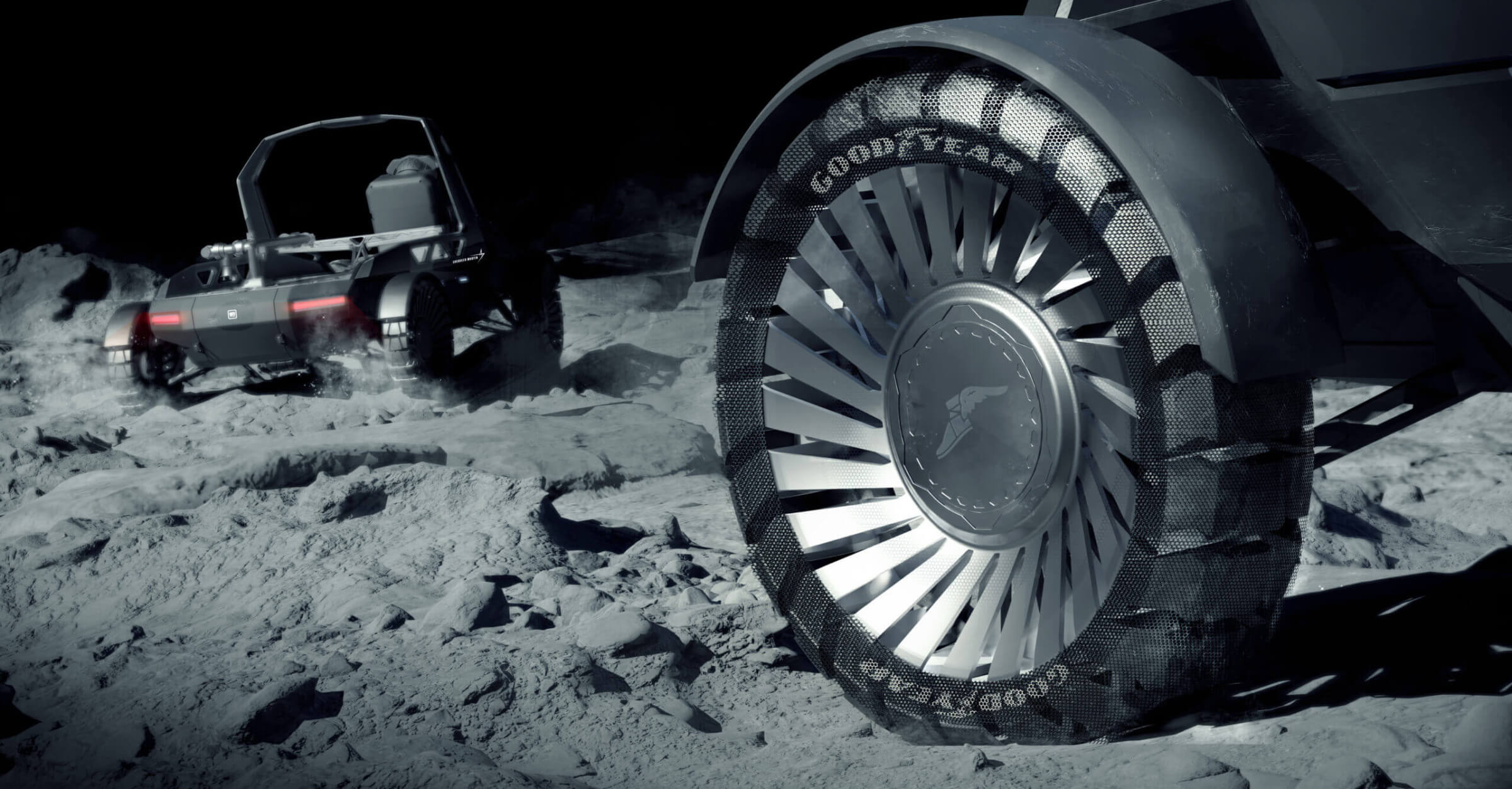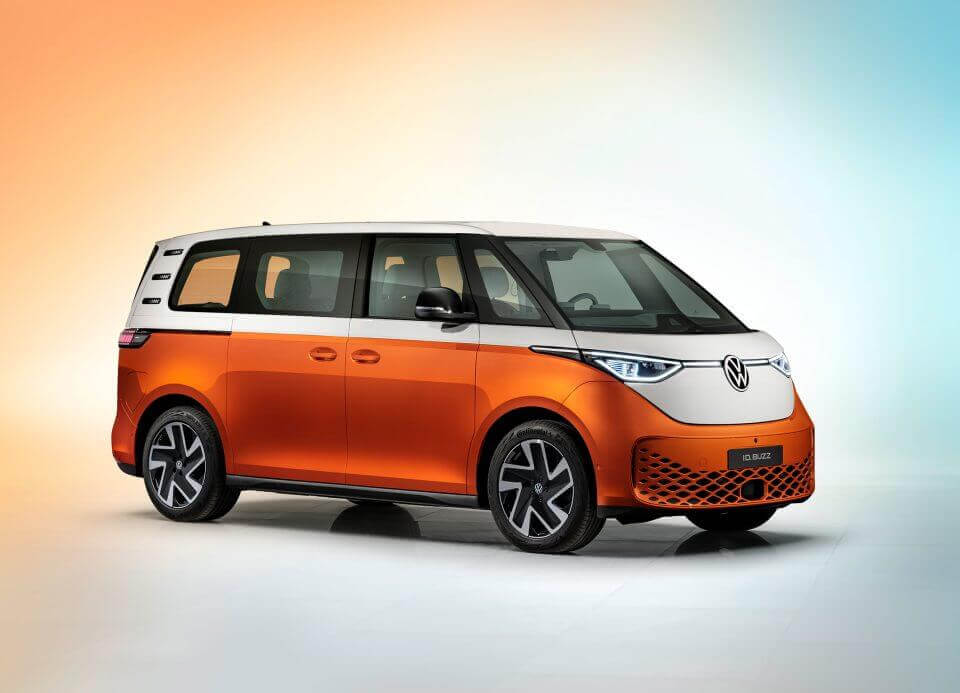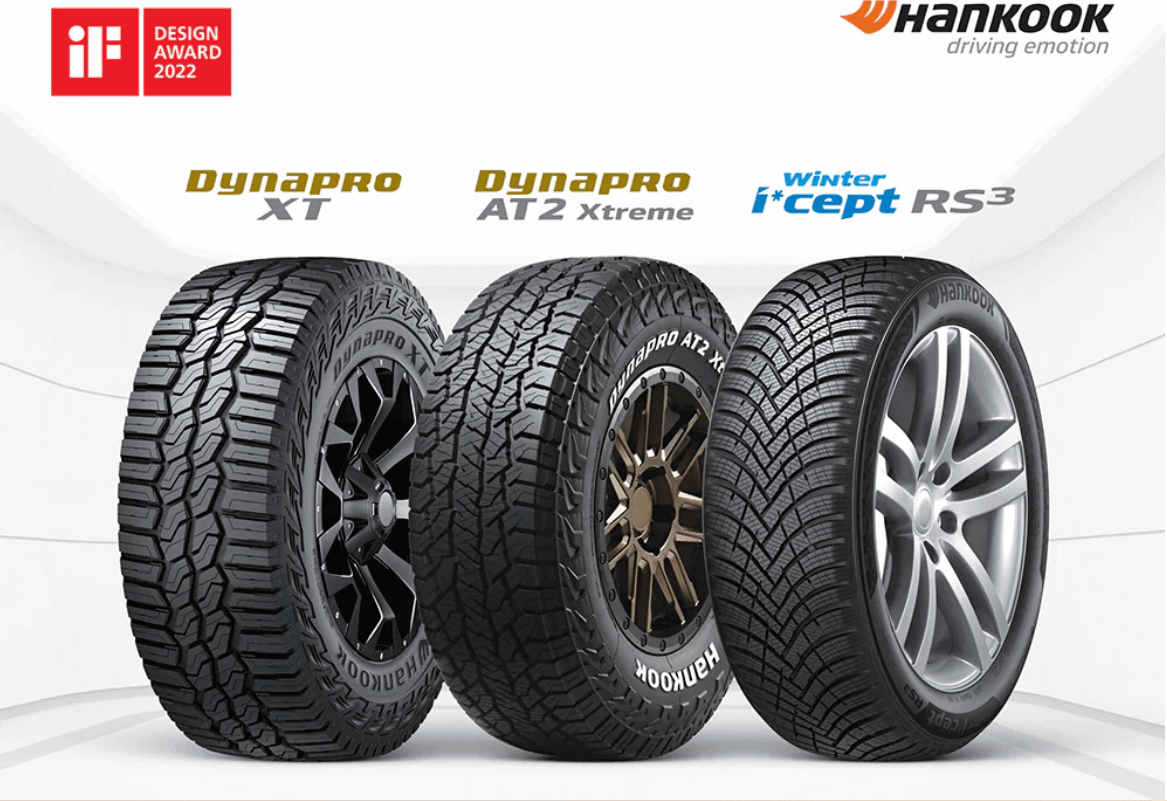Three big names in engineering come together for a lunar mission. It sounds like the plot to a movie, but it’s actually happening, and we’ll be able to see the results around 2025. At least that’s what Goodyear, Lockheed Martin and General Motors are promising as they collaborate on NASA’s Artemis mission.
While the alliance between the aerospace company and the automaker was revealed in May of last year, it’s the addition of the tire manufacturer that has been making waves. Goodyear has announced that it wants to create airless tires that will be able to meet the challenges of space travel. Of course, the distance to the garage is a bit longer there…
Long-term missions
Unlike the lunar vehicles already sent by NASA, the LTVs (or Lunar Terrain Vehicle) are rechargeable, which will allow them to make long term missions. It will also have to cope with extreme and highly variable temperatures. The absence of air on the surface of the Moon also makes the sand sharp since it has never been able to erode.
Imagine the difficulty of designing such a vehicle! Goodyear has the challenge of building a tire with incredible longevity, but also one that is extremely resistant to virtually any hazard. That’s why the American manufacturer chose to turn to metal airless tires made of a special alloy capable of maintaining its flexibility regardless of the outside temperature. The end goal is to commercialize lunar mobility, hopefully selling those autonomous trips on the Moon’s surface to private companies.
Existing technology
It must be said that Goodyear is not starting from scratch. The company is already producing airless tires made of rubber to equip some autonomous delivery vehicles. It’s not even the first time it has done business with NASA for a lunar mission! It was Goodyear that manufactured many of the logistics parts for Apollo 11 in 1969 and even the tires for the third lunar mission, Apollo 14.
This time, however, the methods for doing so are quite different from 50 years ago. Among other things, the temperature resistance tests will be done in vacuum chambers at Lockheed Martin. The air must be evacuated because it becomes liquid at temperatures like those of a lunar night. Friction resistance tests, on the other hand, involve the use of an artificial lunar sand that bases its composition on that of specimens brought back from the Moon by astronauts.
Let’s face it, I don’t think these tires will ever make it to Blackcircles.ca. Luckily, the Moon is probably not your next travel destination! LTVs should be ready by 2025, but the average person will have to make do with simple Wrangler Duratrac or Assurance Weatherready tires…






